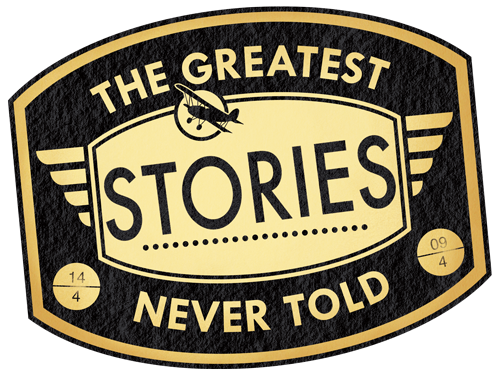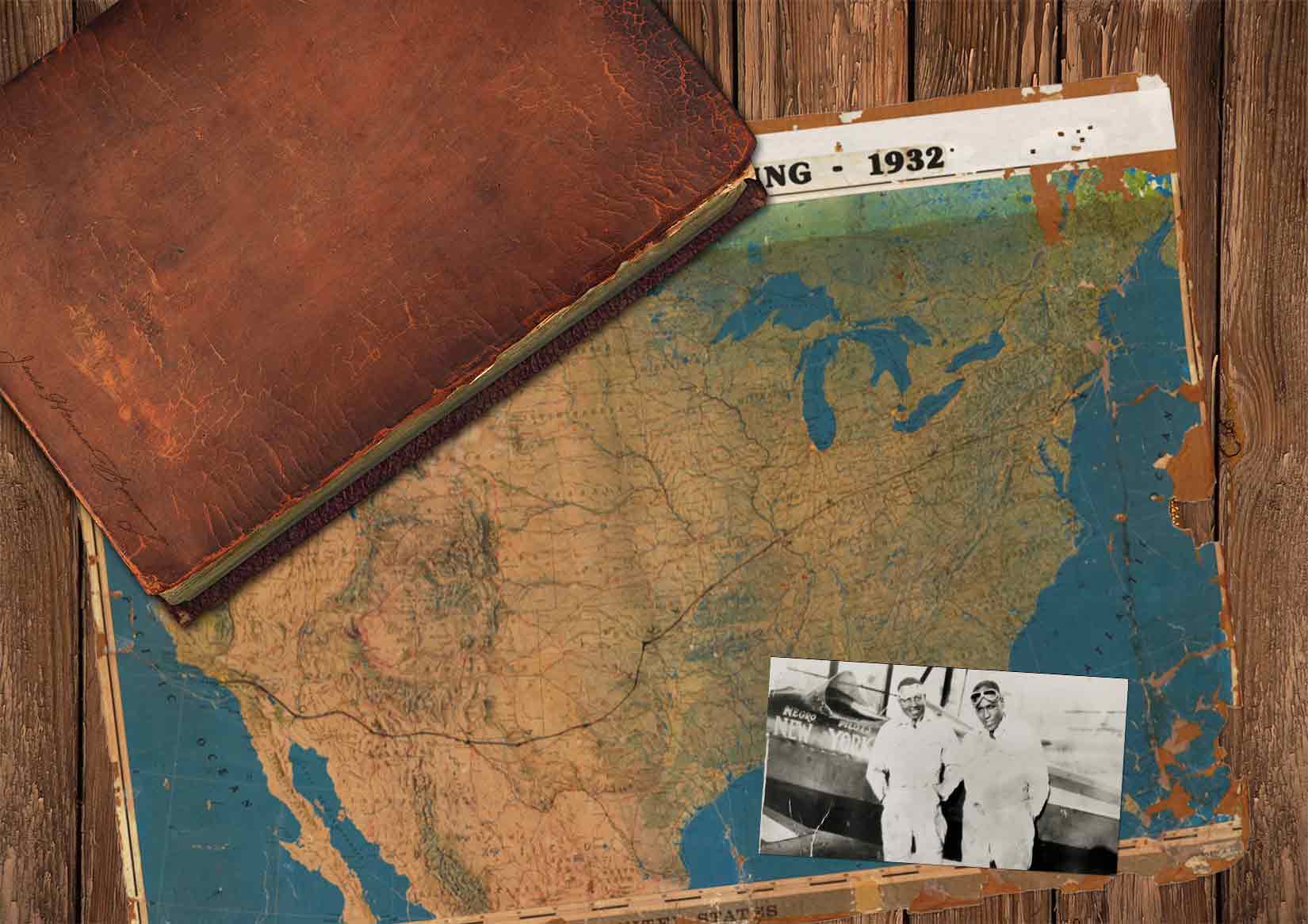Where do great stories come from?
Sometimes the start of a story comes from imagination and other times imagination is sparked by an tidbit from the past. The telling of James Herman Banning’s story was sparked by a small newspaper clipping buried in the bottom of an old beat-up box.
Pat Smith was born with an unquenchable thirst for information. While doing research for National Geographic on aviation heros, she picked up a crumpled and yellowed newspaper clipping and read about the first African American to fly across the United States. Somehow this particular morsel of a story wouldn’t let her go. She asked people at various museums if they knew who James Herman Banning was, and she kept hearing, “Who?” This only increased her determination to find out who Herman Banning was and how he managed to become the first African American to fly across the country–particularly at a time when few opportunities were available in aviation and for African Americans.

Louisa Jaggar is a writer and educator with a talent for bringing stories to life. As Pat was combing dusty boxes in museums, Louisa welcomed her first grandson, Dylan, into the world. He’s African American and beautiful. She traveled to the local bookstore to begin picking out books for Dylan—books about African American men who had accomplished great feats. Mostly she found books on sports heroes and musicians and politicians. She was seeking stories about African American males who were explorers in their day, but she found almost nothing. The bookstore sellers bemoaned the lack of books on this topic, but they often added that these stories didn’t exist because they weren’t many great daredevils who were African American. Knowing this couldn’t be true, Louisa set out on her own quest to find role models for her grandson.
One day, Pat shared what she had read about James Herman Banning, and Louisa knew immediately this was a story that needed to be written.
The odyssey began. Louisa and Pat quickly learned that to tell a story about someone who lived long ago requires becoming a detective of sorts. To find out about an African American in the early 1900’s requires becoming a super sleuth—so that is exactly what they did. As they dug, they started to unravel the hidden history of James Herman Banning. The more they learned, the more fascinated they became.
Words began landing on paper and the story of James Herman Banning began to emerge. They used every known fact available to recreate his story and never contradicted what is known to be a truth. Why didn’t they twist facts to make a better story? In the case of James Herman Banning, fact is better than fiction. When there were gaps in the story, they filled them by rendering what they believed to be the most plausible historical scenario of what might have occurred in this incredible man’s life. They also created dialogue based on what they knew to be true of the character of people and relationships. For example, family lore presents the Banning family as close knit, witty, and not above a good practical joke. Hence, the good-natured banter back and forth between parents and children.
Then Louisa and Pat decided to do something that hasn’t really been done in a Young Adult novel before. They wanted to invite everyone to join in the exciting treasure hunt that is historical research. Because of this, throughout the book they included portions of the primary historical documents (some of them discovered hidden in dusty mouse-chewed boxes in attics!), contemporary newspaper accounts, old photographs and transcripts of interviews that laid the foundation for how they described events.
Along the way, many people have wondered why they worked so hard to tell this man’s story. Their answer? “Because it needed to be told!”



